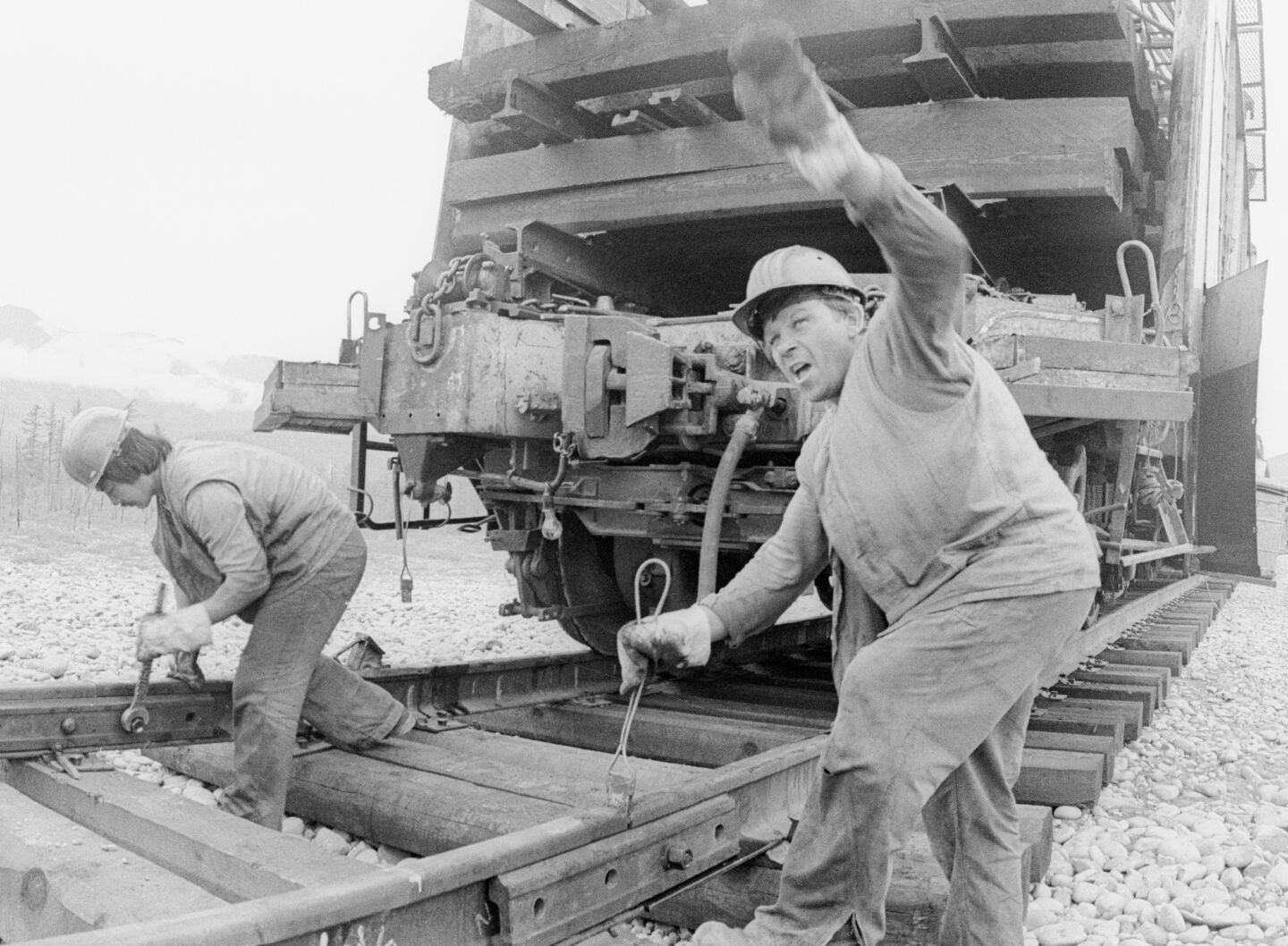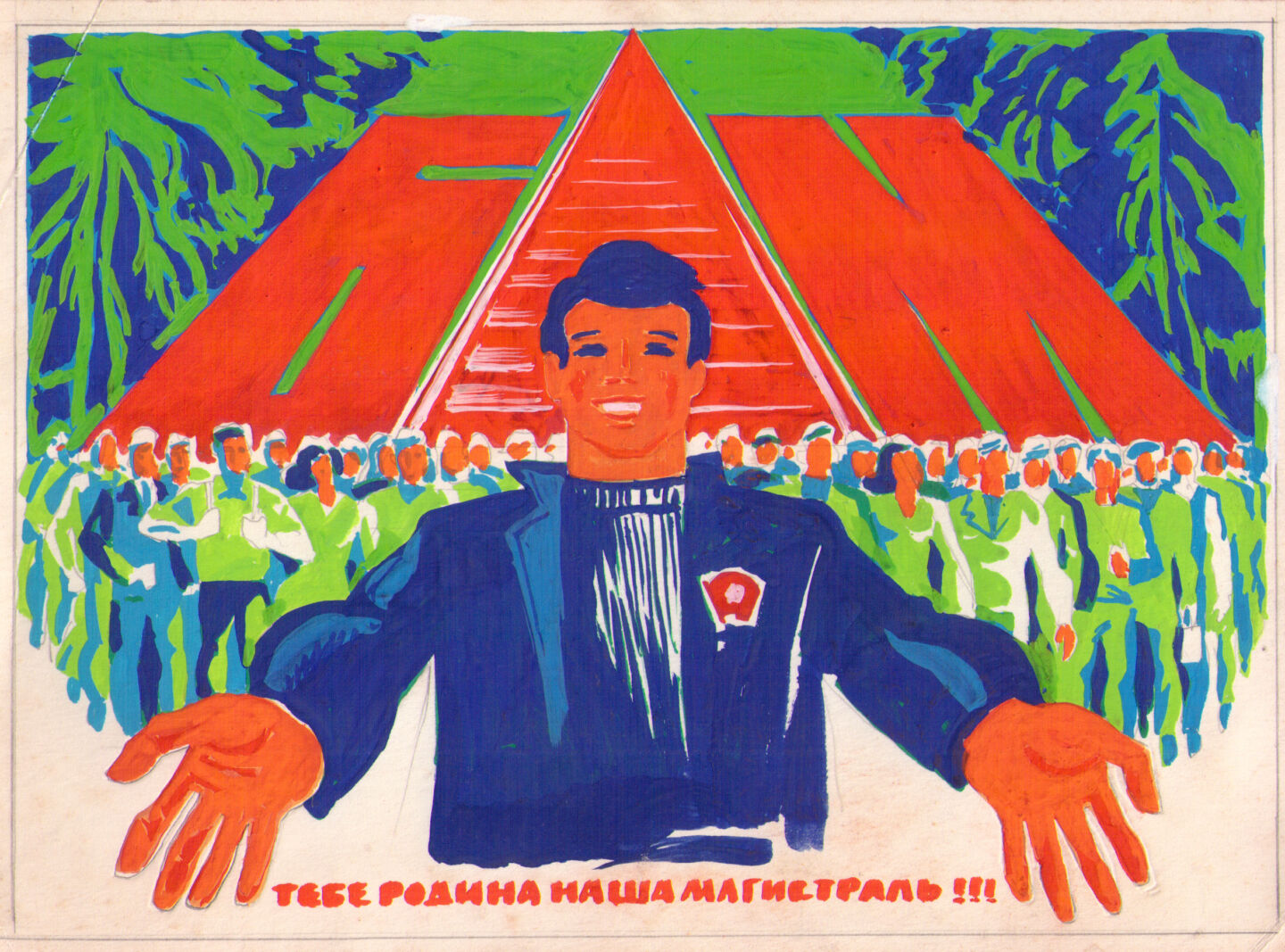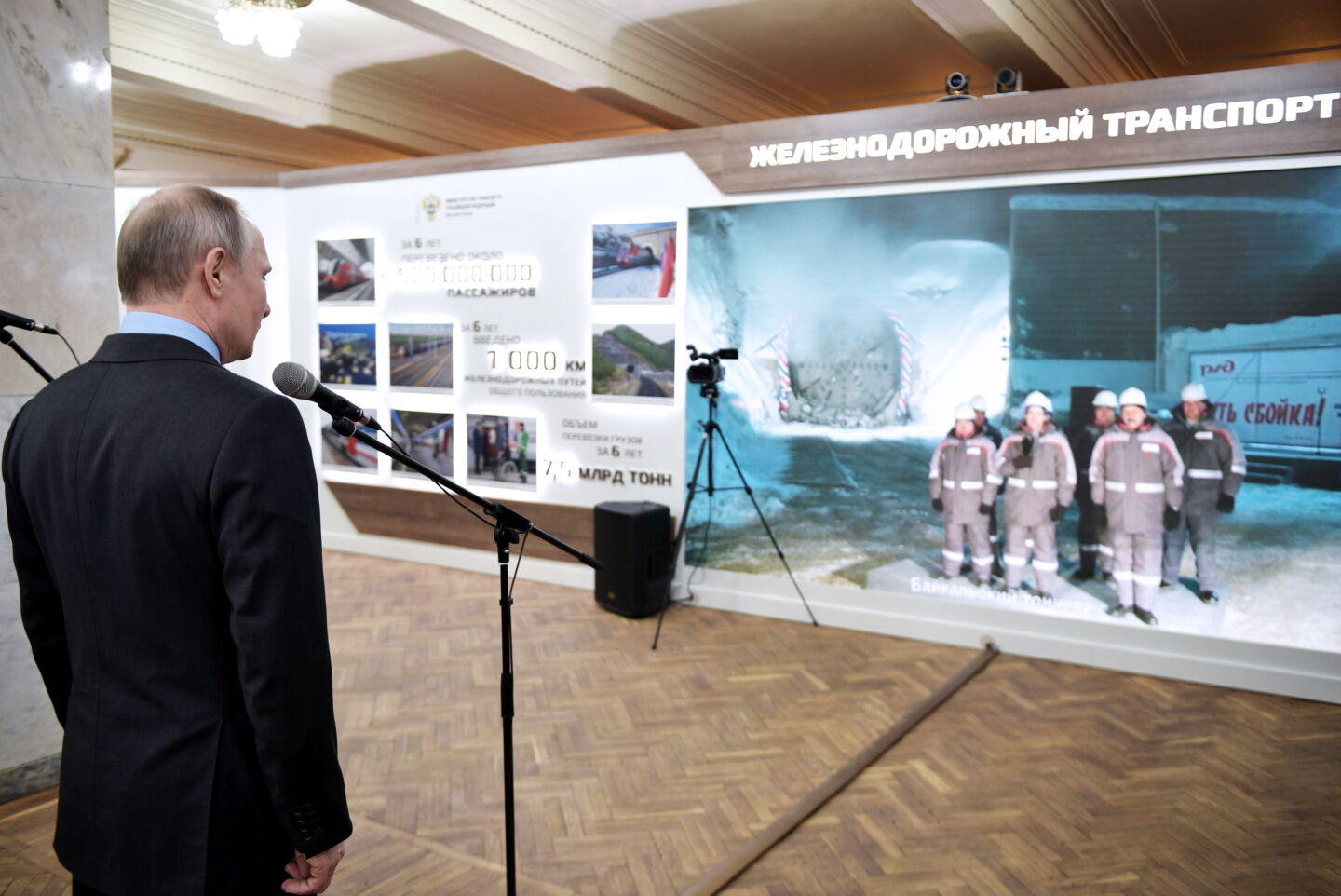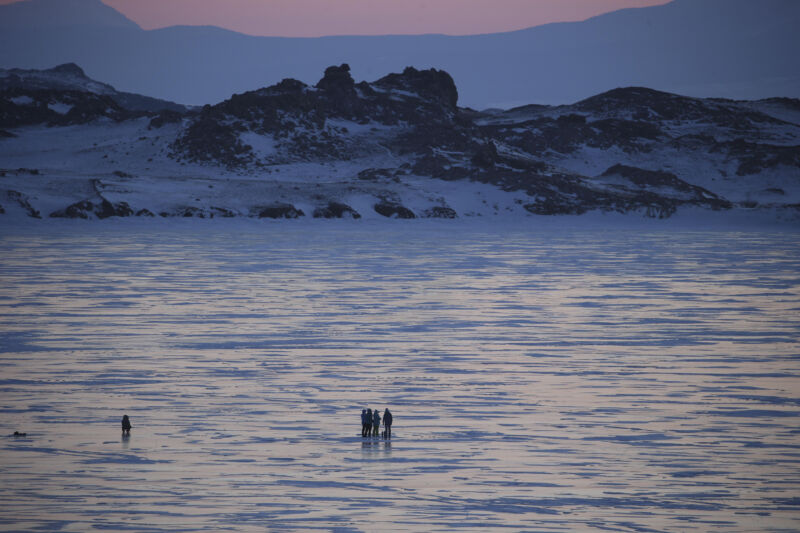On the shore of Lake Baikal, deep in eastern Siberia, one of the most ambitious feats of modern Russian rail engineering is nearing completion.
The Baikalsky tunnel, carved through 7 km of mountain rock, has taken seven years to build, with construction teams laboring in temperatures as low as minus 60° Celsius (-76° Fahrenheit).
Designed to withstand the weekly earthquakes that strike this remote corner of Russia, it is the flagship project of the redevelopment of one of the country’s most iconic rail lines that aims to propel the Soviet-era train network into the 21st century.
The Baikal-Amur Mainline, cousin to the Trans-Siberian railway, runs for 4,300 km from the town of Tayshet through some of the world’s toughest terrain all the way to the Pacific Ocean.
State-run Russian Railways (RZD) is investing $17 billion over a decade as part of an ambitious plan that aims to carry not just passengers but also grab a bigger slice of the billions of dollars worth of goods and raw materials that are transported annually from Asia to Europe.
“Russia has advanced,” Vladimir Goncharov, the engineer in charge of the Baikalsky tunnel told the Financial Times from Severobaikalsk, a sleepy town on the northern tip of Lake Baikal, the world’s largest freshwater lake.
“When I started building tunnels in 2007, there were big problems with financing. Now there are none. I believe that every year, the problem of staff and financial resources gets resolved quickly. Today Russia has everything we need for building and developing railway infrastructure.”
His optimism understates the Herculean task to modernize Russia’s creaking rail network—the funding of the massive upgrade has been the subject of national discussion for years.
The four-day journey along the BAM takes passengers through soaring mountain ranges, over fast-flowing rivers and across thick taiga forest, interspersed with a series of railway towns built for construction workers in the Soviet days and frozen in time.
Severobaikalsk is one of them. The largest town on Lake Baikal, with a population of 23,000, it looks out on to the cold beauty of the deep-blue water, surrounded by peaks capped with snow even in summer.
The town’s main attraction is its train station, built by workers from Leningrad—now St. Petersburg—in the shape of a sail in tribute to their city’s maritime traditions. Lyudmila, an assistant at a local food store, moved to Severobaikalsk a few years ago to join relatives working on the railways. “This town is great. I love it here,” she enthused, eager to speak to a rare visitor. “It’s beautiful, clean, safe, but it’s expensive. The railway is the single big employer. Every family has somebody working for the railways.”
The BAM was conceived in the 1930s as an alternative to the Trans-Siberian in case conflict with China made that line unusable. But construction was delayed until the 1970s, and while the line opened in 1989, the last of its 10 tunnels was only completed in 2003.
Victor, now 74, recalled his decade in charge of the construction workers in Severobaikalsk from 1977-87 with a deep sense of patriotism.
“The feeling of pride and belonging to the great construction project was true for all the people living along the route,” he said. “In difficult times for the country, its people unite and perform difficult tasks.”
Russia hopes the route will become a viable Asia-Europe transit corridor, carrying goods to western markets and tapping shifting demand for mineral resources such as coal.
It is marketing rail as a faster, safer, and more ecologically friendly alternative to shipping, with the recent blockage of the Suez Canal giving leverage to Moscow’s argument.
“Some 98 percent of the transit cargo volume between Europe and Asia uses the Suez Canal. It takes 40-45 days. By railway it’s twice as fast,” Oleg Belozerov, RZD general director, told the FT.
Rail has also become cheaper than the marine alternative. The cost of taking cargo from Asia to Europe by train, based on the Eurasian Rail Alliance index, is half the price of doing so by sea, as measured by the World Container Index.
Yet Russia faces stiff competition from China, which is planning a New Silk Road of upgraded transport infrastructure to Western Europe that will run through dozens of countries, as part of its One Belt One Road initiative.






3175x175(CURRENT).thumb.jpg.b05acc060982b36f5891ba728e6d953c.jpg)

Recommended Comments
There are no comments to display.
Join the conversation
You can post now and register later. If you have an account, sign in now to post with your account.
Note: Your post will require moderator approval before it will be visible.